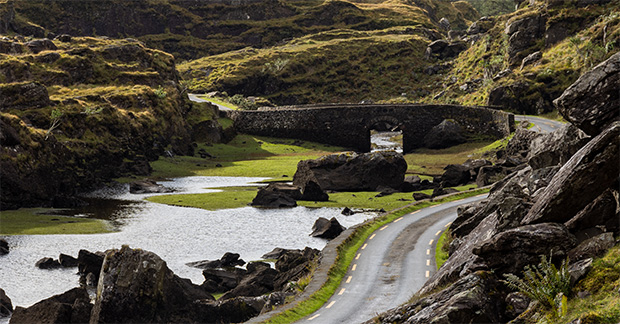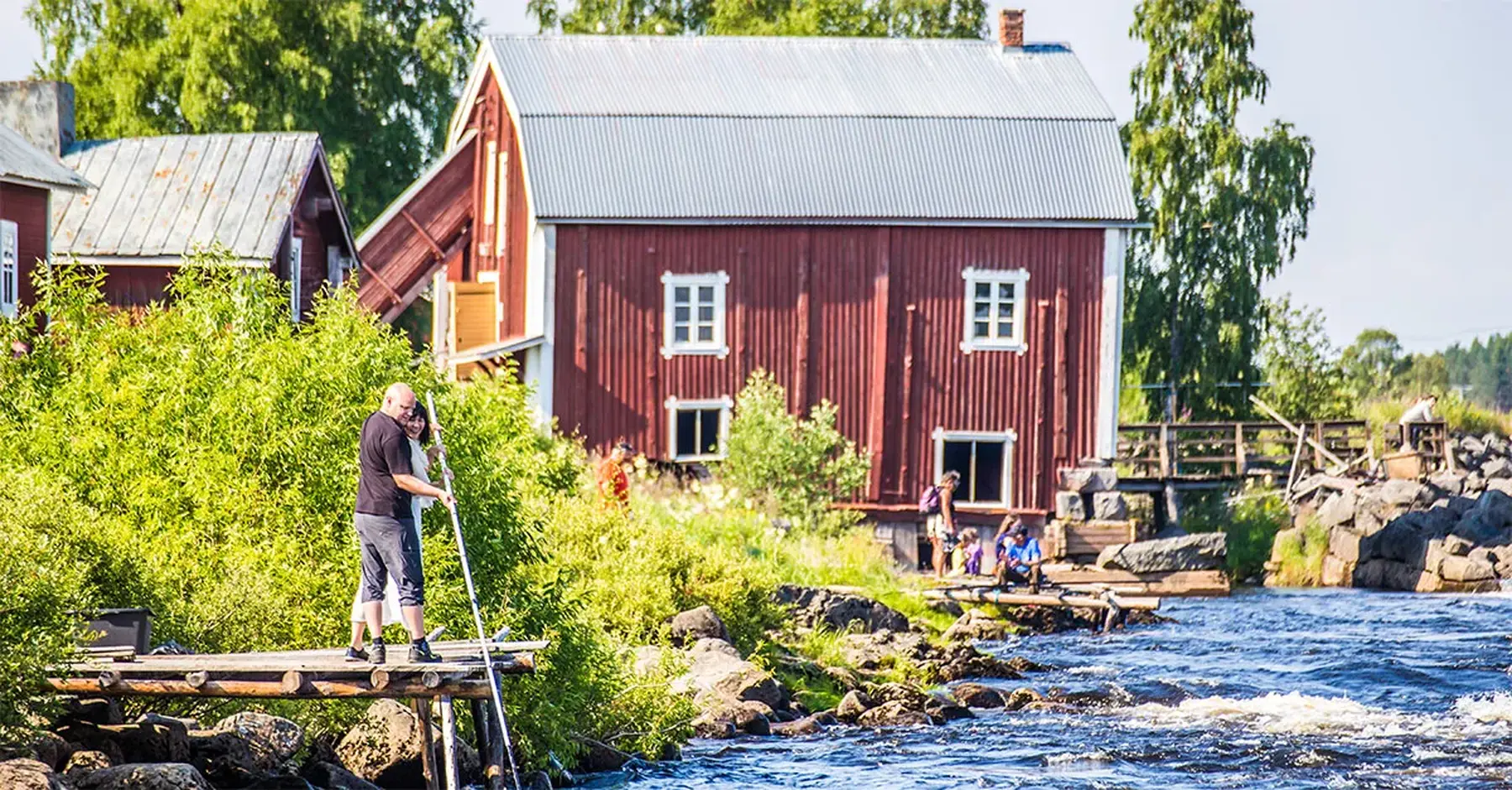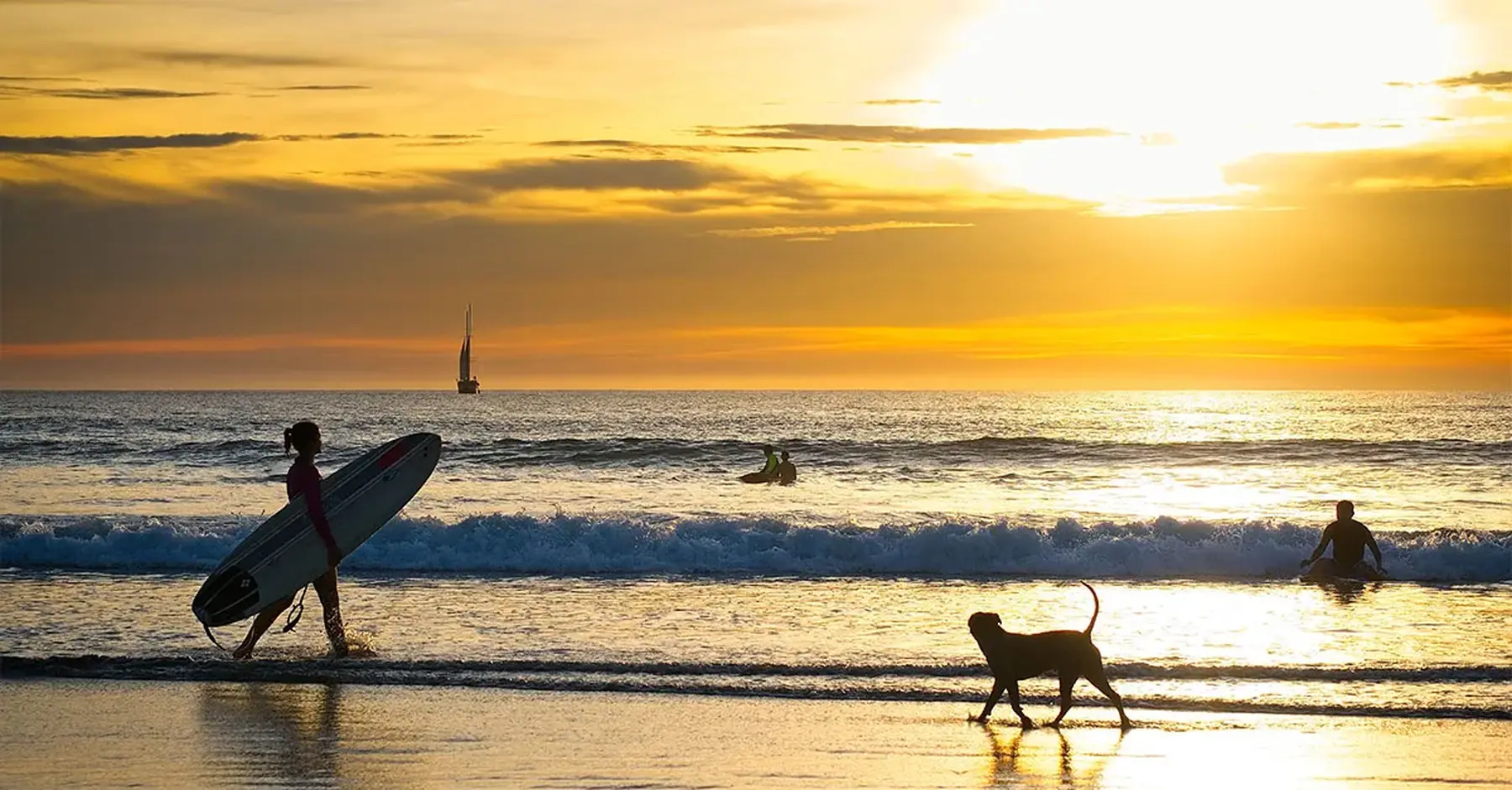You are viewing 1 of your 2 free articles
These three countries are made for epic wilderness getaways
Sell an alternative break in the wild with Clare Vooght’s guide to less-visited nature destinations
Like Sweden?
With forest covering 70% of the country, pristine nature isn’t in short supply in Sweden – and for hiking trails, clients can choose from a range of backdrops. Major draws include the wildflower meadows of Ängsö, the primeval woodland of Tyresta National Park (home to 8,000 animal species) and the marshes, mountains and glaciers of Swedish Lapland.
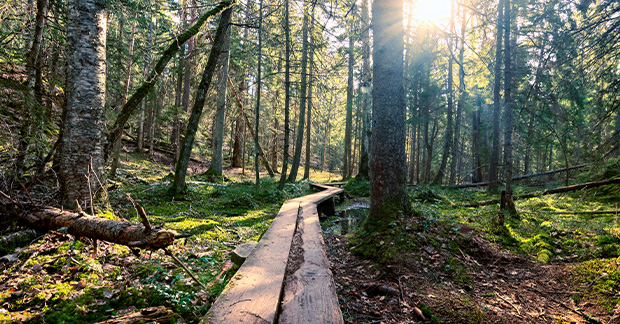
Try Estonia
Why go: With unspoiled forest covering more than half of the country, biodiverse Estonia has been nicknamed the ‘Amazon of the Nordic countries’. It also came fifth in the Sustainable Travel Index 2023, thanks in part to its nature conservation.
The highlights: Hikers and wild swimmers will enjoy the lush forests, wetlands and beaches of Lahemaa National Park, on the northern coast, an hour from the capital Tallinn (European Green Capital for 2023). The protected area is home to moose, wild boars, bears and lynx, and attracts migratory birds.
The wetlands in the southerly Soomaa National Park go through a ‘fifth season’, when springtime melts the snow and you can canoe across flooded meadows, roads and lower forests. ÖÖD Mirror Cabins offer a unique way to stay in Estonia’s wilderness. Mirrored walls help them to blend into the trees, while bringing the floor-to-ceiling woodland views inside.
Book it: Regent’s five-day Tallinn City Break & Nature Escape costs from £995 for travel in May 2024, including flights from Gatwick, two nights’ accommodation in Tallinn and two nights in an ÖÖD Mirror Cabin in Rooslepa.
regent-holidays.co.uk
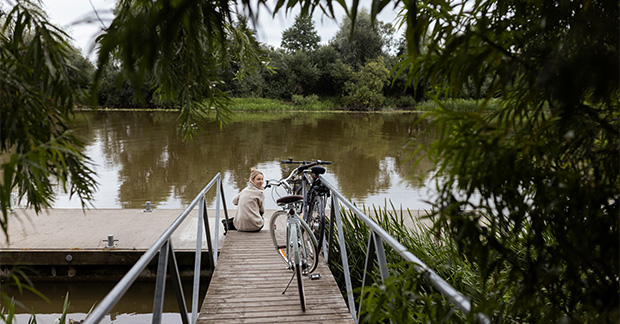
Like Costa Rica?
Nature is at the core of Costa Rica’s appeal. Conserving the country’s 500,000 wildlife species – from hummingbirds to howler monkeys – is top priority, with a quarter of the country designated as protected land. Key draws include the Arenal Volcano and its lush surrounds, complete with mineral springs and the cloud forests of Monteverde (which translates to ‘green mountain’).
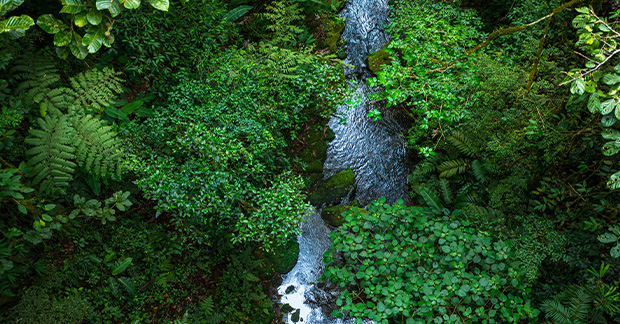
Try Belize
Why go: English-speaking Belize is known for its 185-mile barrier reef – the world’s second largest – but more than half of its land is nature reserves and protected parks. Here’s where to send clients who dream of spotting wildlife, from birds to big cats.
The highlights: Cockscomb Jaguar Reserve, the only reserve on the planet devoted to this big cat species, is thought to support the densest population of jaguars in the Americas. The Crooked Tree Wildlife Sanctuary wetlands offer a habitat for birds including kingfishers, while the nearby Mayan Lamanai ruins can be accessed by boat through thick, ancient rainforest.
Belize’s own Sustainable Tourism Certification Programme is in the works. To take the pressure off natural dive sites, a new wreck dive site, The Witconcrete, was created, providing another place to see manatees, turtles, manta rays and dolphins. The tourist board has also launched a Belize Specialist Programme training with OTT, including a module on marine life.
Book it: Responsible Travel has a Belize 14 Day Holiday, starting at £2,750, based on departures in April-November. Price includes accommodation, meals, in-destination transport but not flights.
responsibletravel.com
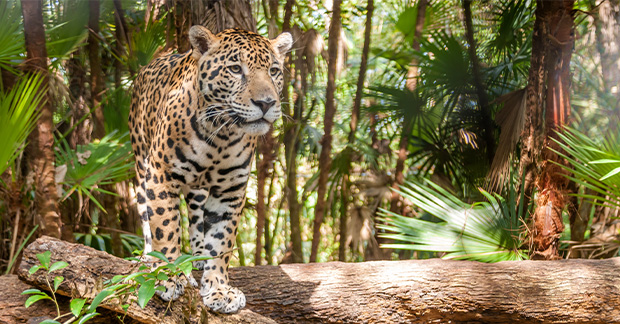
Like South Africa?
Alongside world-class wine and cosmopolitan Cape Town, South Africa’s major pull is its vast, varied landscapes. Kruger National Park is home to 147 animal species, from hippos to warthogs, and of course all the big five. Other must-sees in the country are the dramatic Blyde River Canyon and the coastal Garden Route.
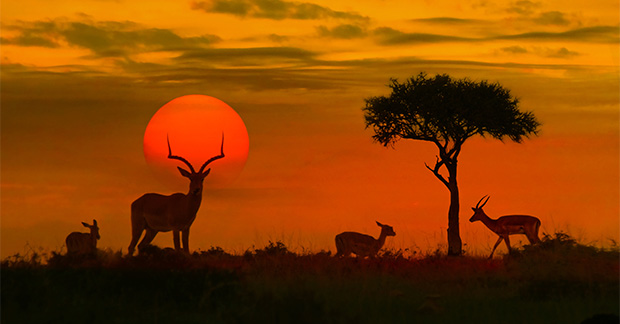
Try Namibia
Why go: Namibia was the first African country to write environmental protection into its constitution, helping to increase lion, rhino, cheetah and zebra populations. Landscapes include woodland savannah and ethereal deserts.
The highlights: The red sands of the coastal Namib Desert stretch along the length of the country. It comprises the NamibRand Nature Reserve, whose dunes and rocky canyons are home to gazelles, hyenas, wild cats, antelopes and desert elephants. Stargazers will enjoy its clear skies: NamibRand has been named Africa’s first Dark Sky Reserve. Many tours take in Etosha (‘great white area’), set across the continent’s biggest salt pan.
Lions, leopards, giraffes, cheetahs, elephants, rhinos and zebras all live in the national park. On the coast, Pelican Point is a prime spot for kayaking out to meet marine life, including bottlenose dolphins.
Book it: Wild Frontiers has a 15-day Adventures with Purpose: Namibia trip from £5,795, for departures between September and April, including all meals, transport and accommodation, but not flights.
wildfrontierstravel.com
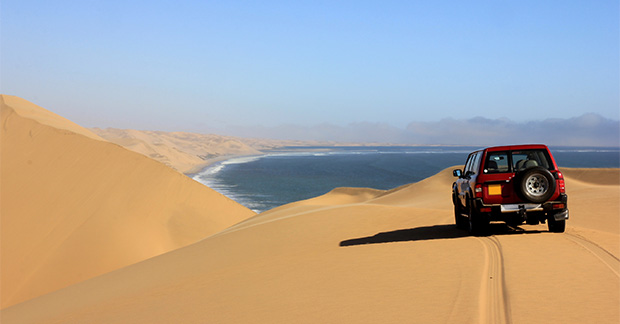
PICTURES: Shutterstock/SvartKat, christianthiel.net, milosk50, Belikova Oksana; Renee Altrov; Morenovel/Dreamstime.com
Read more
x.travelweekly.co.uk/destinations/how-sani-resort-sets-a-standard-for-sustainable-holidays-in-greece">How Sani Resort sets a standard for sustainable holidays in Greece
x.travelweekly.co.uk/destinations/top-5-sustainable-hotels-in-turkey">Top 5 sustainable hotels in Turkey
x.travelweekly.co.uk/destinations/how-to-have-a-more-sustainable-destination-wedding">How to plan a more sustainable destination wedding


